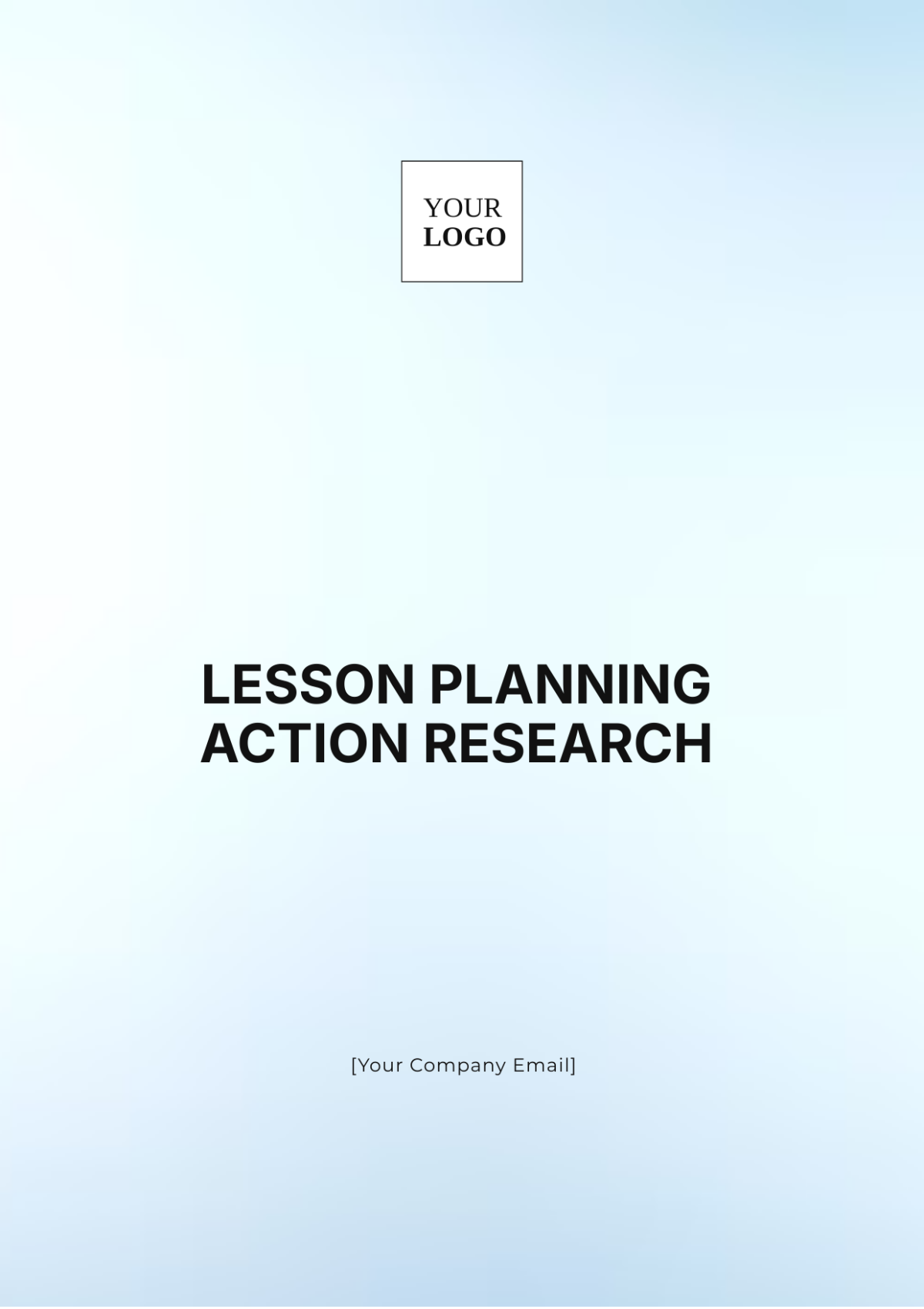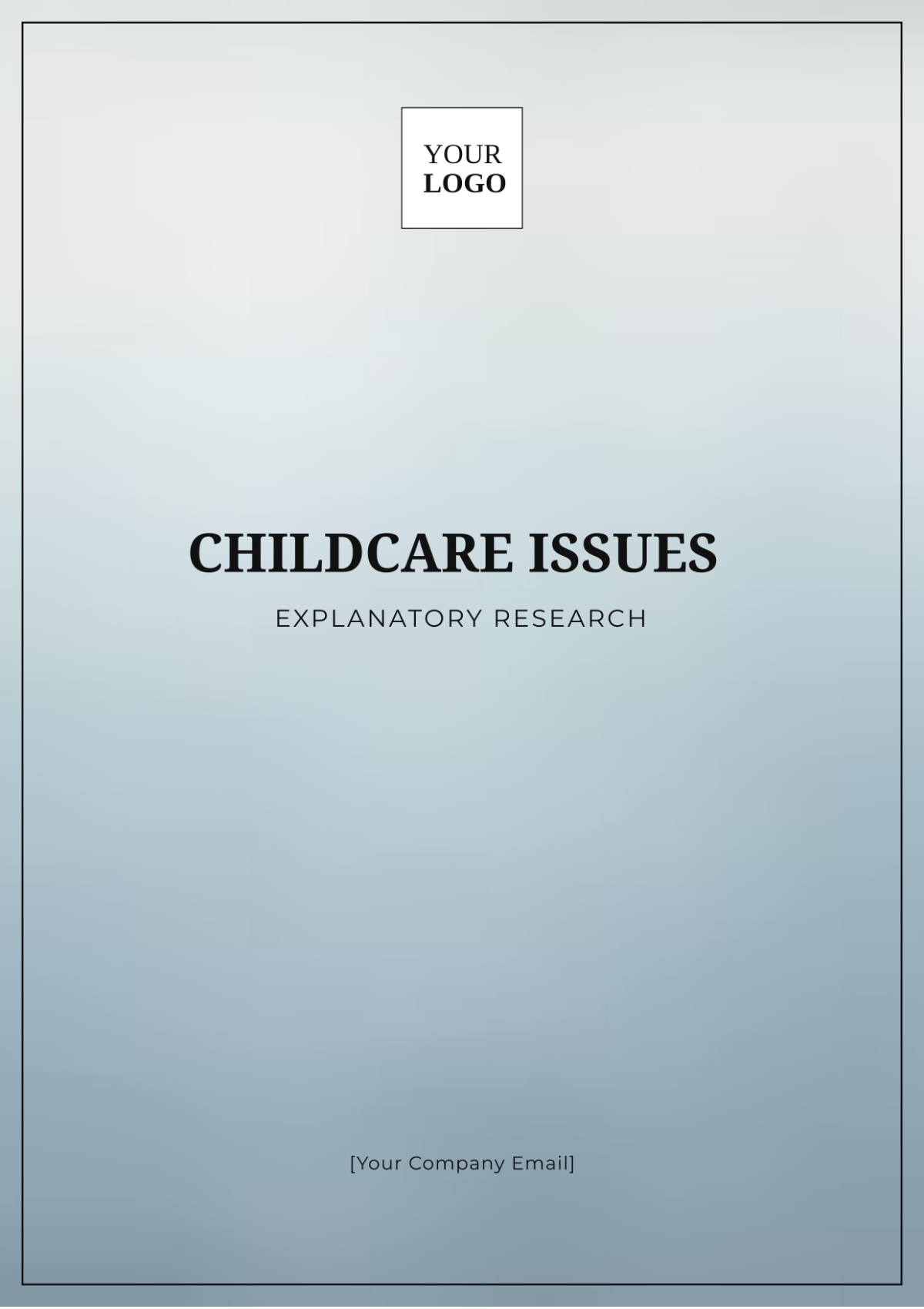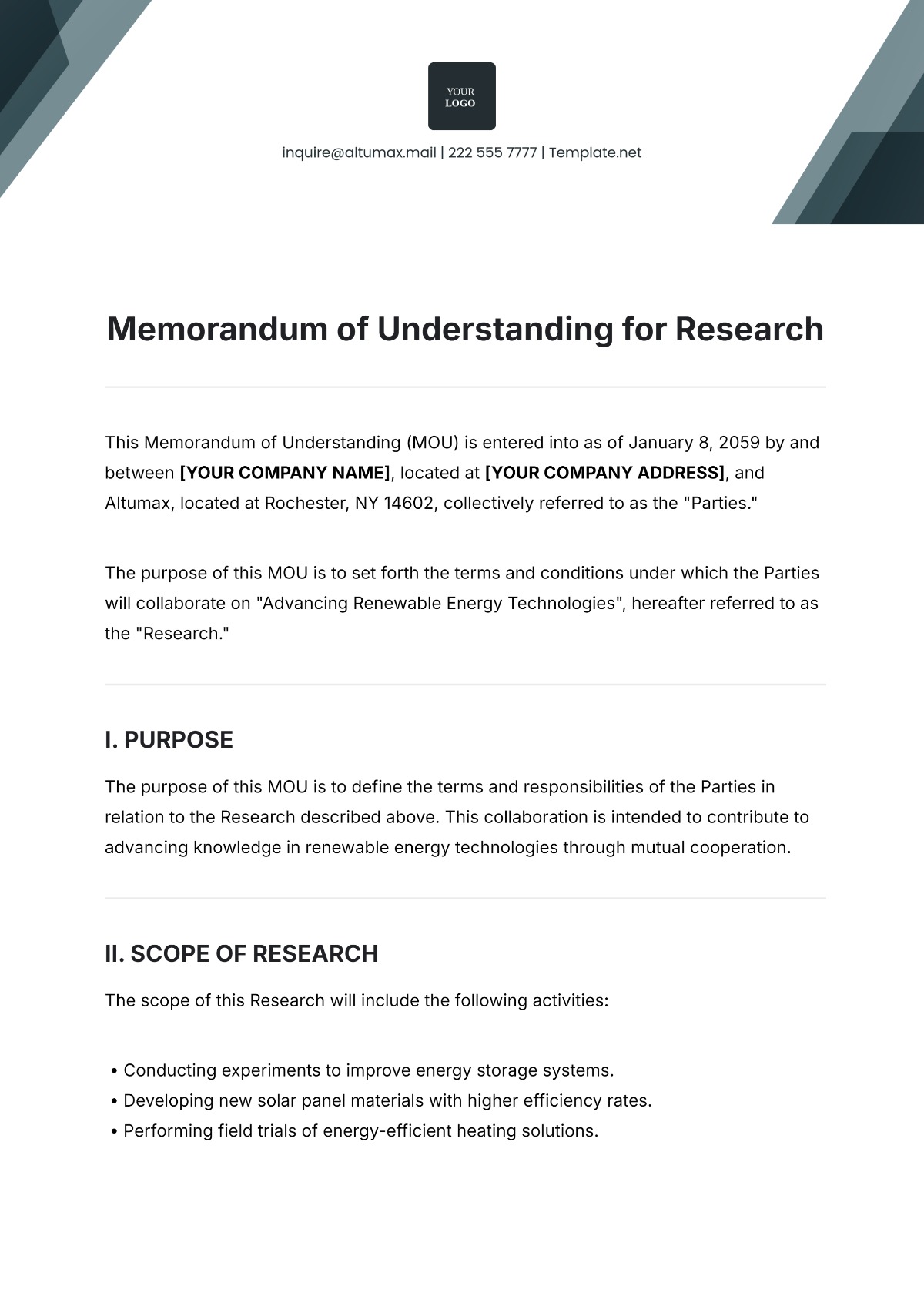Classroom Climate Action Research
Prepared By: [Your Name]
Institution Name:: [Your Company Name]
1. Introduction
The learning environment plays a crucial role in shaping student experiences and outcomes in the classroom. This research aims to assess the current state of the classroom climate and identify strategies to improve it. By focusing on key factors such as student behavior, teacher interaction, and classroom setup, this study seeks to provide actionable insights for creating a more positive and effective learning environment.
2. Research Objectives
The primary objectives of this research are to:
Evaluate the current classroom climate and its impact on student engagement and behavior.
Identify key factors influencing classroom atmosphere and student interactions.
Propose evidence-based strategies to enhance the overall learning environment.
3. Methodology
This research employs a mixed-methods approach, combining quantitative and qualitative data collection methods. Data were gathered through surveys, observations, and interviews with students, teachers, and school administrators.
3.1 Data Collection
Surveys: Distributed to students and teachers to assess perceptions of classroom climate and interactions.
Observations: Conducted in multiple classrooms to observe student behavior and teacher-student interactions.
Interviews: Held with key stakeholders, including teachers and school administrators, to gain insights into classroom dynamics and areas for improvement.
3.2 Data Analysis
Quantitative data were analyzed using statistical methods to identify trends and correlations. Qualitative data were analyzed thematically to extract common themes and insights from interviews and observations.
4. Results
The analysis revealed several key findings:
Student Engagement: Classrooms with more interactive and inclusive teaching methods showed higher levels of student engagement.
Behavioral Issues: Common behavioral issues included disruptions due to a lack of clear expectations and inconsistent enforcement of rules.
Teacher Interactions: Positive teacher-student interactions were associated with better student behavior and academic performance.
5. Discussion
The findings indicate that a supportive and well-structured classroom climate significantly contributes to student engagement and behavior. Classrooms that foster positive interactions and provide clear expectations are more likely to create a conducive learning environment.
6. Recommendations
Based on the findings, the following strategies are recommended to improve the classroom climate:
Implement Interactive Teaching Methods: Incorporate more group activities and interactive lessons to engage students and encourage participation.
Establish Clear Behavioral Expectations: Develop and communicate clear behavioral guidelines to students, ensuring consistent enforcement.
Enhance Teacher-Student Interactions: Promote positive and supportive interactions between teachers and students to build trust and respect.
7. Conclusion
Improving the classroom climate is essential for enhancing student engagement and overall learning outcomes. By adopting the recommended strategies, schools can create a more positive and effective learning environment that supports student success.

















































